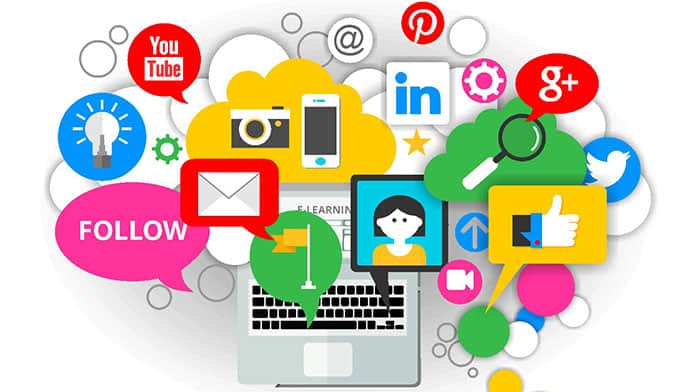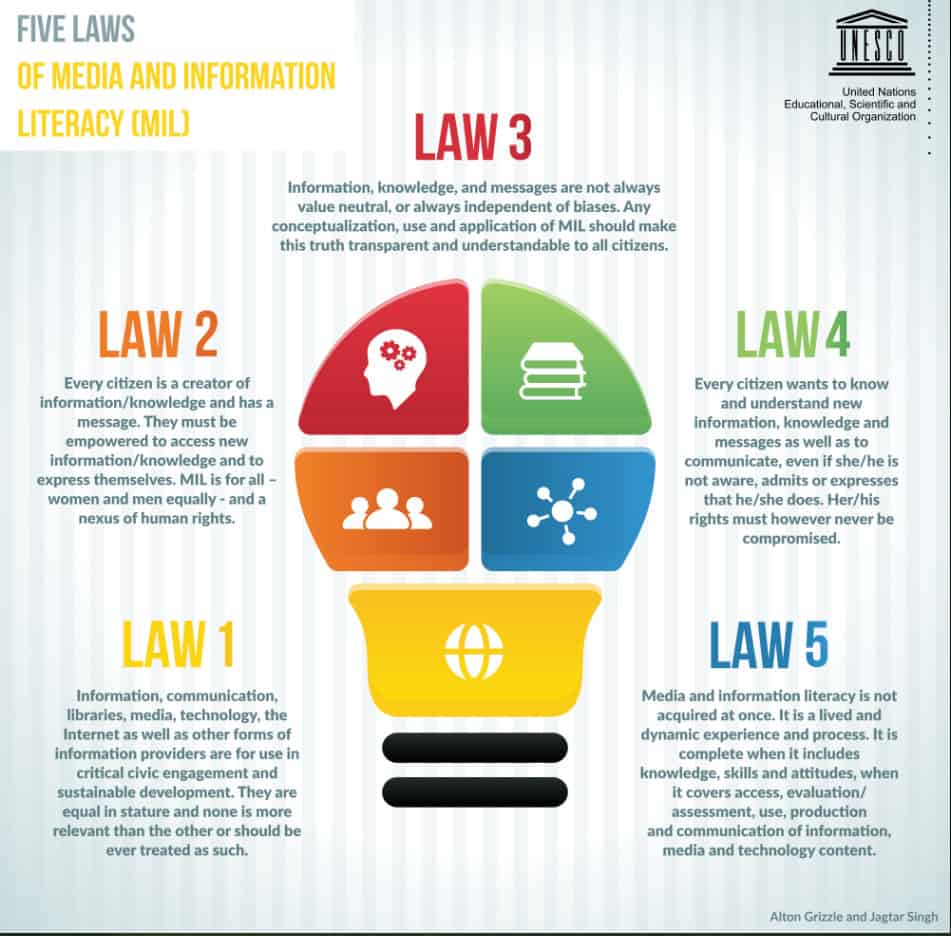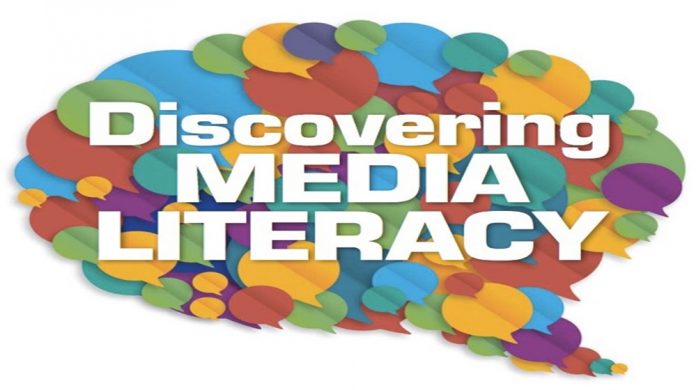The world today is media filled. Constant bombardment and interaction with media such as television, computers, cell phone applications, online video, music, and advertising, shape thinking and lifestyles. Media literacy is an important facet of becoming an educated member of modern society.
Definition of Media Literacy

Media literacy and media education, though related, are two different concepts.
Media literacy means that one is informed about strategies creators of media use and can make intelligent decisions based on that information. When presented with new products or applications, a media literate person can make an honest analysis of the media and its message.
Media education applies to a course of study that will create informed, media-savvy citizens.
Key Concepts of Media Literacy

UNESCO Launches Five Laws of Media and Information Literacy. Image by guides.library.unt.edu
There are five generally accepted key concepts of media literacy. These core concepts thread together to define the reasons media messages are sent.
- Someone or some organization makes all media messages. Each message is created to fill a purpose.
- People may interpret the messages differently.
- There is a belief system or point of view made in a message.
- Media messages use specific language and strategies unique to the media industry.
- Media messages are used to gain power or control. This power or control can be over the recipients’ thinking, decision making, and/or choices related to the media topic.
Key Questions to Ask
When evaluating media, it is important to ask questions that help define the key concepts.
- Who or what organization is the creator of the message?
- What attention-getting techniques are used?
- What belief systems or points of view are presented, or just as important, not presented in the message?
- How will different people interpret the message?
- What is the purpose of the message, or why was it sent?
Interactive Media

Today people are not only receivers of media messages; they also interact with the media, creating an effect that personalizes future media messages. The organizations that produce media messages constantly gather information about consumers.
One example is when buying food at the grocery store, a receipt is produced that includes coupons and advertisements for other items. An analysis of the shopper’s purchases determine which coupons and advertisements are printed.
Another form of interactive media is online games where people play against one another. Creating avatars gives a sense of anonymity to the players, but it also sends a message to the others. The structure and nature of the game itself is sending messages.
Becoming Media Literate
Using these concepts and questions are only a beginning to analyzing modern media. Knowing why or how a message is created gives information, but applying that information and knowing how it affects each individual is what makes a person media literate.
It is impossible to live in today’s world without becoming a part of a media rich environment. Media literacy allows people to be a part of that environment, while empowering them to keep a clear focus on personal values.


















